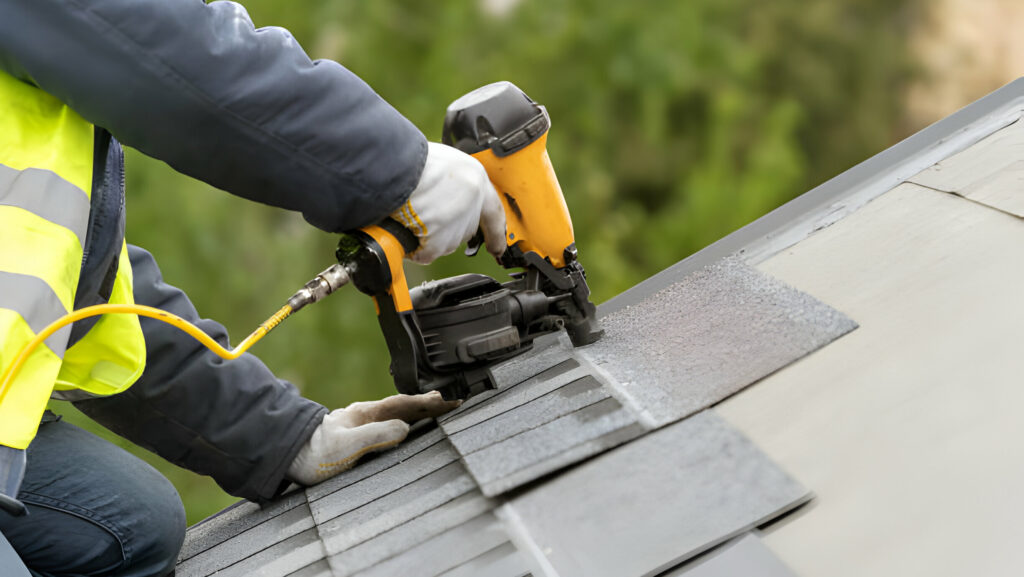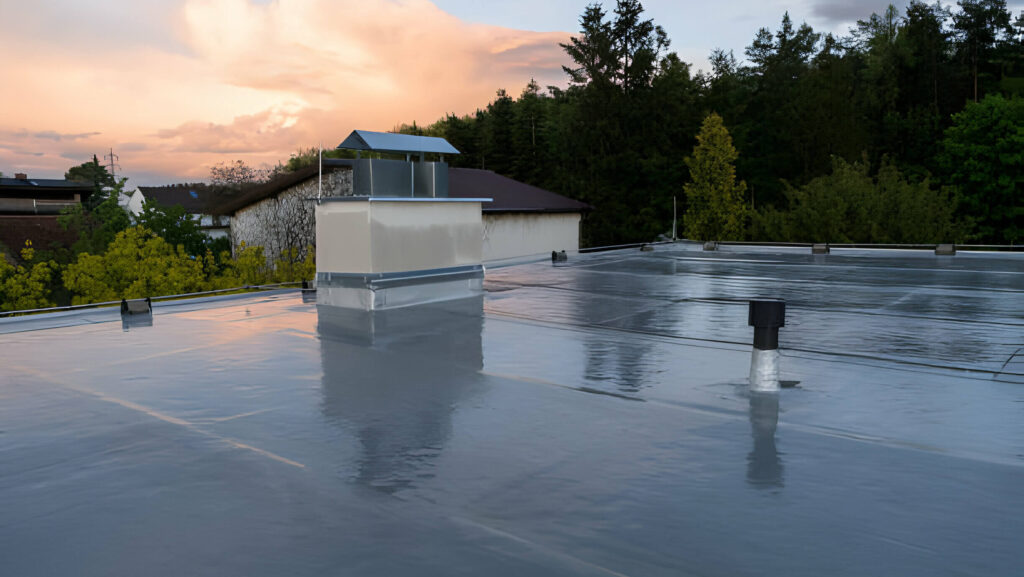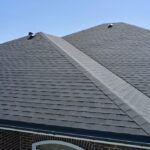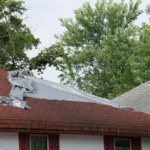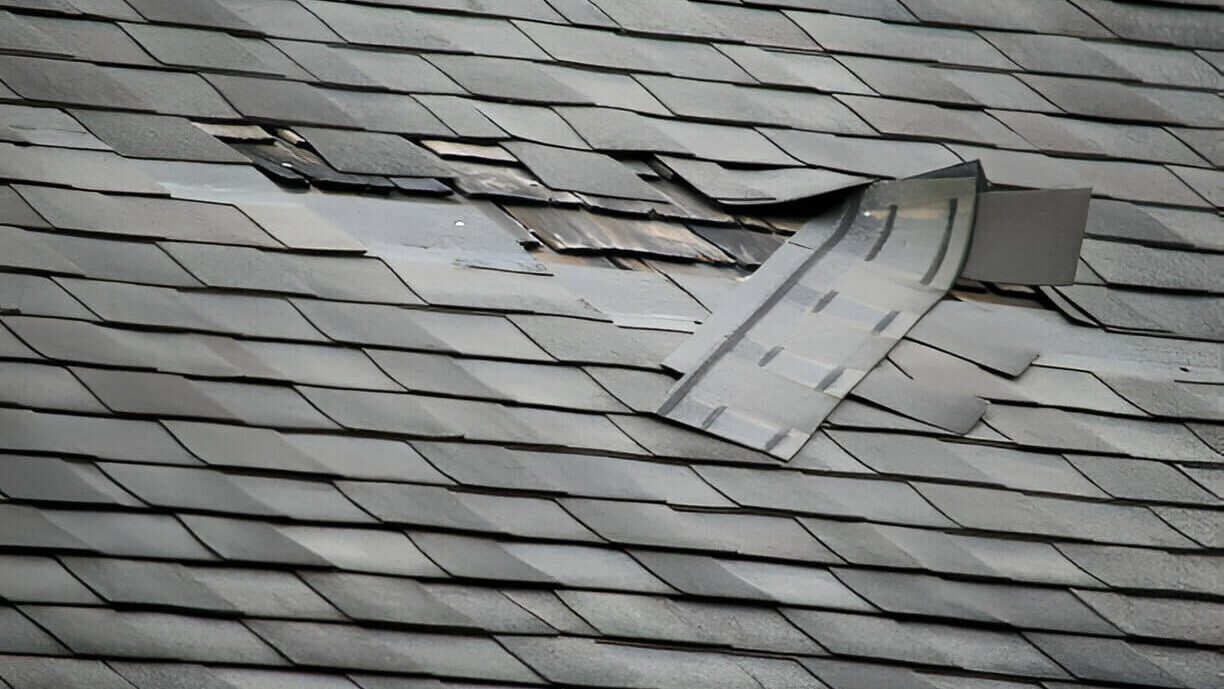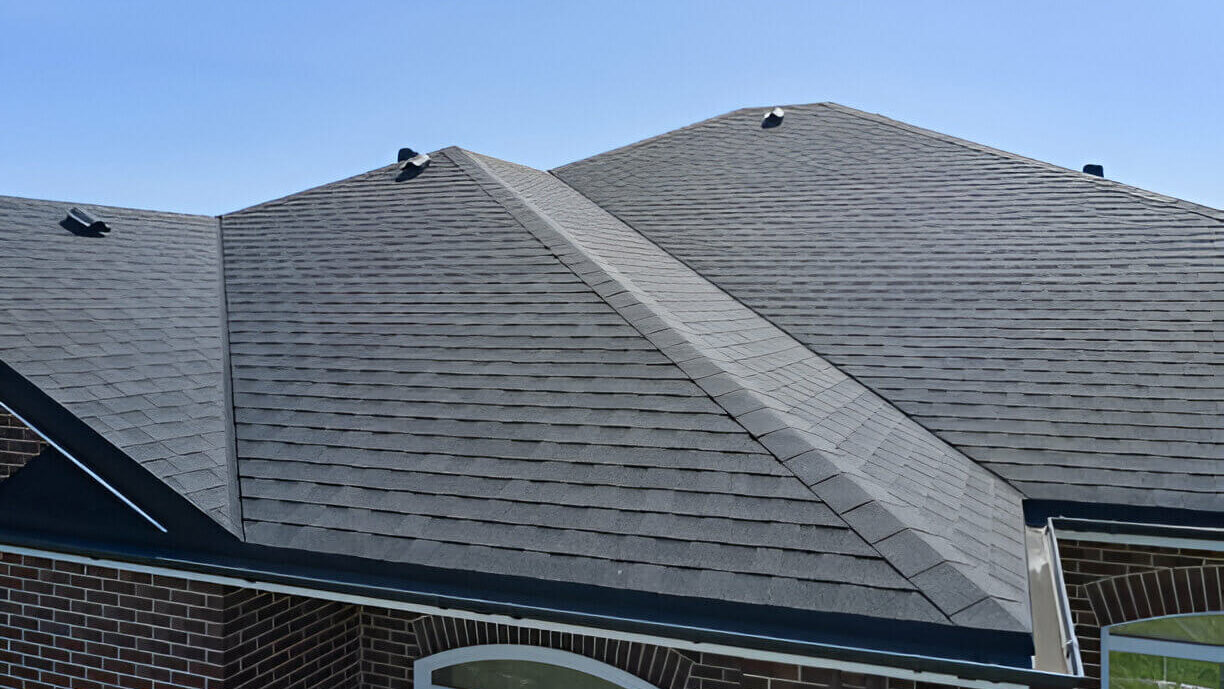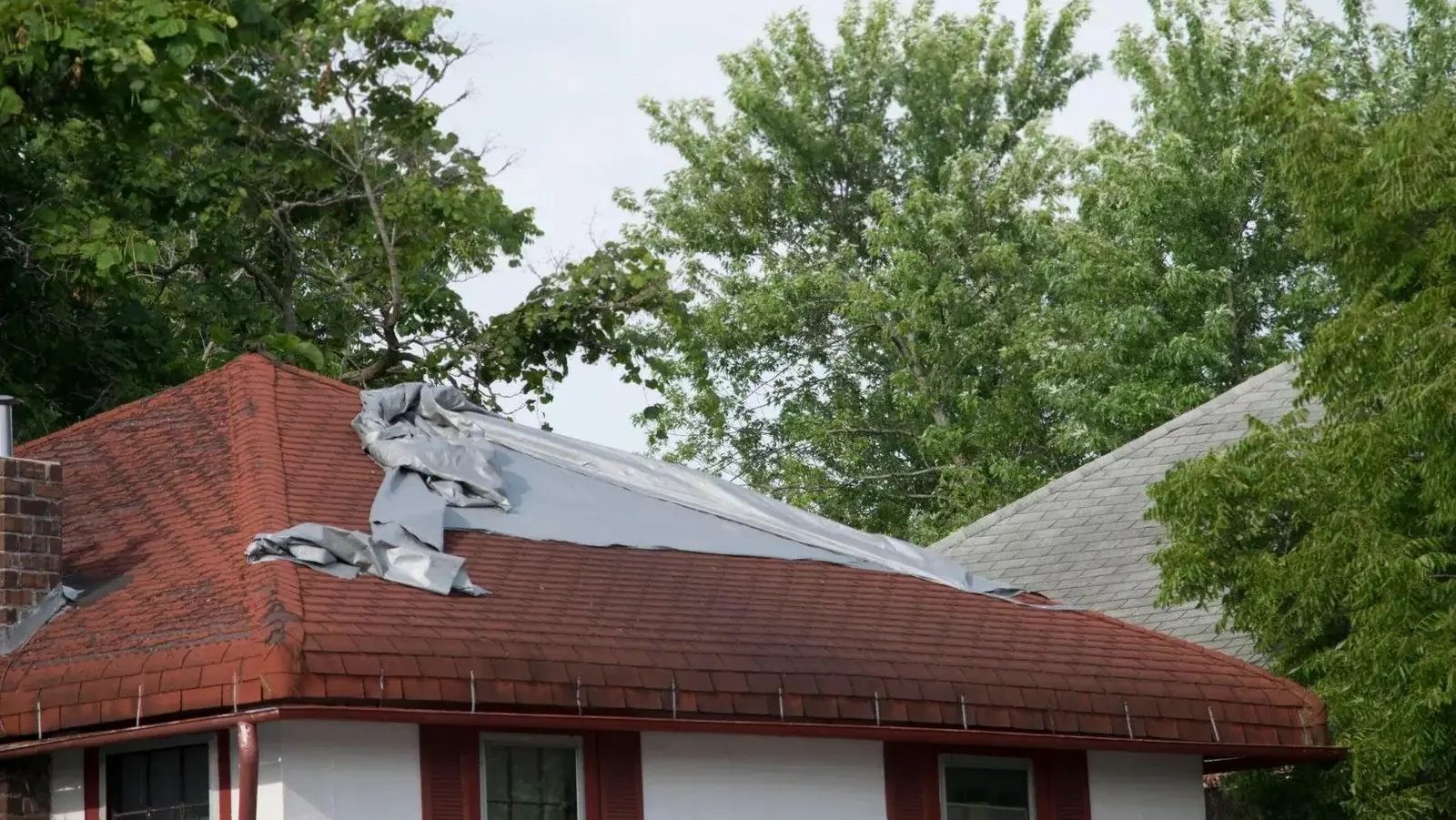Every homeowner has to deal with an annoying roof leak at some point or another. Dealing with roof leaks may be both frustrating and anxious. However, did you realize you can have a ceiling leak and be unaware of it?
Table of Contents
ToggleA leaking roof is more than simply an inconvenience. It can risk people’s health and well-being, increasing the dangers of sickness or even structural collapse. That is why it is essential to identify the signs of roof leaks in the attic.
This blog will explore the eight most common ways to tell if your roof is leaking. If you notice one of these warning signs in your home, it is essential to act quickly. The longer a roof leak is left unchecked, the more damage it will cause.
8 Signs Of A Roof Leak
No homeowner wants to deal with a roof leak, yet it does happen. The good news is that you may spot numerous signs of a roof leak and respond quickly before the damage progresses, including those potentially covered under hail roof damage insurance.
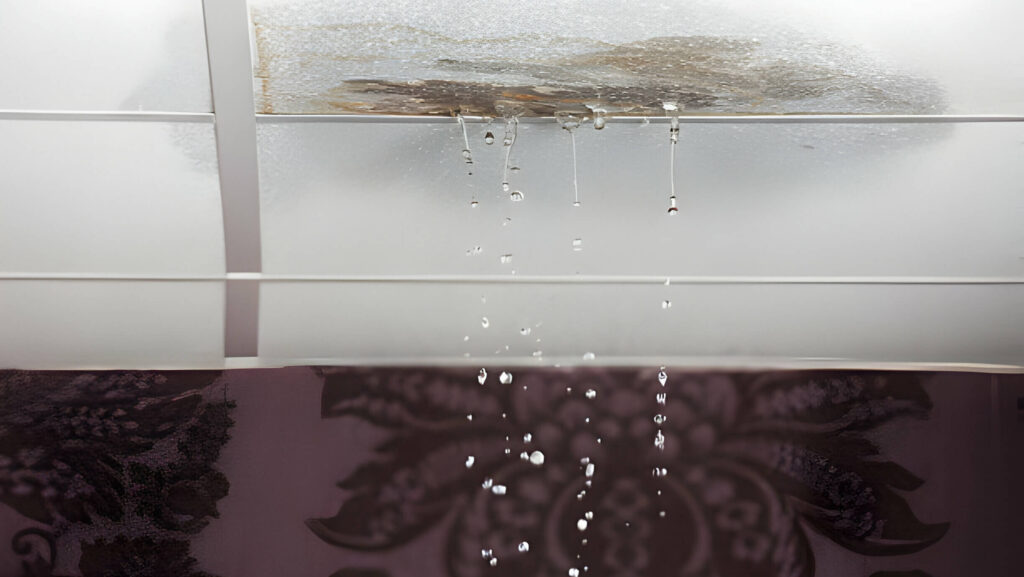
A dark or wet stain in your attic is the first indication that you have a leak problem. Water typically is the most straightforward sign of damage to detect. Water stains can develop at any time after installing the roof. Usually, it takes some years to appear.
Check the interior and exterior walls for obvious signs of a water-stained roof.
1. Water Stains On Ceiling
Water stains on ceilings are a warning of a roof leak. Most people disregard them, supposing the water spots are caused by steam or humidity in the air, but this is rarely the case. Instead, these brown stains are usually caused by water leaks that seep through your leaky roof.
Ignoring these signs might result in additional damage, such as mildew growth, rusty patches, and rotten structure.
If you see a ceiling stain on your outside wall or ceiling, go to the attic and inspect your leaky roof for any holes.
2. Mold And Mildew
Finding mold and mildew in your house can be concerning, but it is only sometimes a sign that your roof is leaky. However, it is a red flag for investigation. These moisture-loving organisms thrive in wet conditions, and a roof leak might provide an ideal breeding habitat.
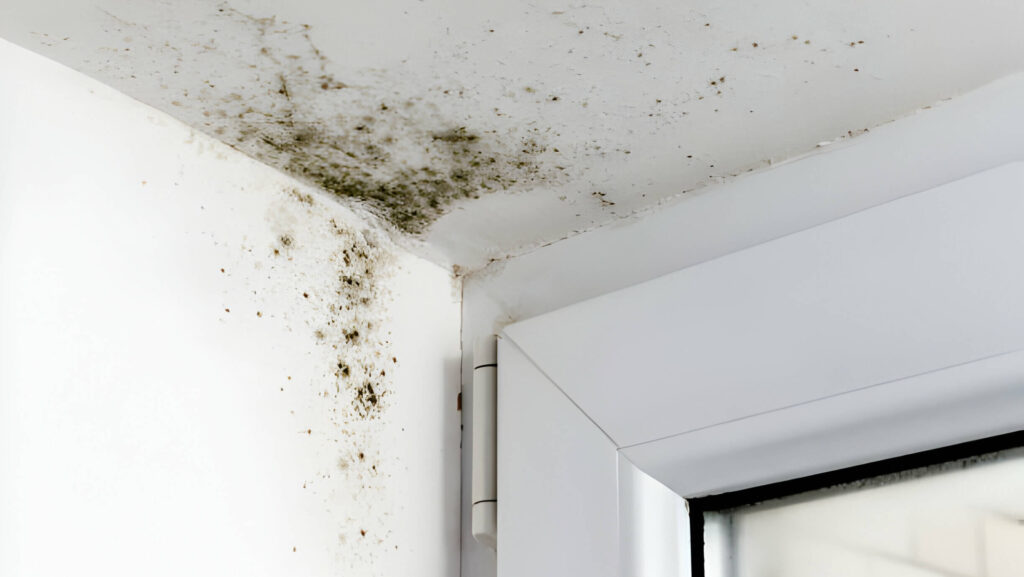
If you detect mold or mildew on ceilings, walls, or near windows, especially accompanied by musty smells or water stains, it is essential to look for a possible roof leak as the cause.
3. Sagging Roof Deck
Sagging roof decks are a common sign of structural damage caused by water leaks. This is another situation in which a quick reaction is required, especially when considering how often to replace the roof to prevent such issues. Delaying action can lead to additional difficulties and costly repairs.
The best action plan is to seek guidance from specialists who can provide the most effective solution. Depending on the severity, you may require a roof replacement. So please don’t wait until it is too late! Contact a roofing company immediately.
4. Missing or Damaged Shingles
Cracked or missing shingles harm the roof’s structural integrity by allowing water to enter quickly, resulting in leaks and water damage. As a result, shingles must be in good shape to serve as an efficient barrier against water, which can damage your home.
You can protect your property from leaky roofs by taking preventive measures like choosing the right roofing type, correcting shingle problems, and undergoing a roof inspection for insurance purposes to ensure that any potential issues are identified and addressed promptly.
5. Dripping Sounds
Sounds from the building could indicate a leaky roof, even if nothing is visible. There can be a slight leak sound right after you switch off a showerhead or faucet. That sound is typical, but if you hear water dripping constantly, take care.

Please don’t ignore it! Examine the source and look for signs of mold growth, moist spots, or water stains. Act quickly since, if ignored, a minor leak can soon become significant.
6. Wet Insulation
Insulation is the first layer of protection against roof leaks. You probably have a roof leak if you see wet insulation in your attic. It can also produce an unpleasant smell, which indicates a leaky roof.
When you only notice wet insulation, it is a good sign that the leak is pretty new. It also means you could have saved much money by catching your roof leak early.
7. Brown Water Spots On Ceiling
Brown water spots on the ceiling are usually a sign of roof leaking. When water is trapped behind your ceilings, it causes discoloration as it evaporates. Identifying where the water is coming from is far more challenging than simply cutting open your ceiling and checking for water trapping.
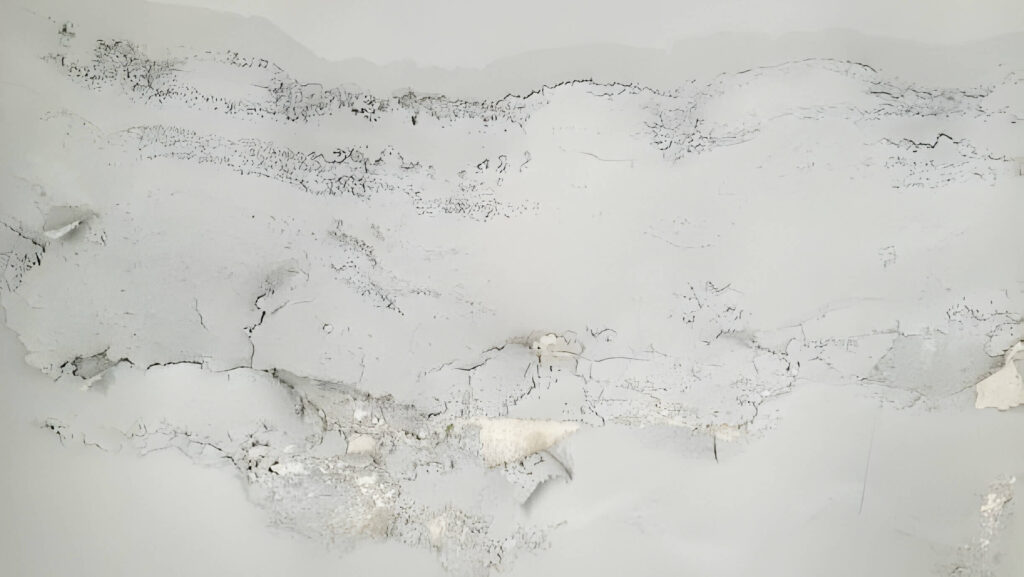
This could be due to issues like a plumbing pipe, any other problem with your roof, such as those that might be discovered during gutter installation on a metal roof, or a heating appliance.
It is also possible that the spots on your ceiling are because of mold or cigarette smoke, but these stains are typically a different color than water stains.
It would help if you did not try to cover the brown stain by painting over it, as you are not solving the fundamental problem.
Untreated leaks can lead to electrical and structural damage, which can be expensive and dangerous.
8. Rusted Nails Or Metal
The best way to tell if your roof leaks is to look at nails or other metals. If they are rusted, it indicates that water has been seeping in through them.
Rust nails and metals, such as gutters, indicate a leaking roof.
Why There Is Water Spots On Ceiling But No Leak?
Sometimes, you may have water spots on the ceiling but no leaks. It is because of condensation. This is most common in homes with poor ventilation, like those without insulation.
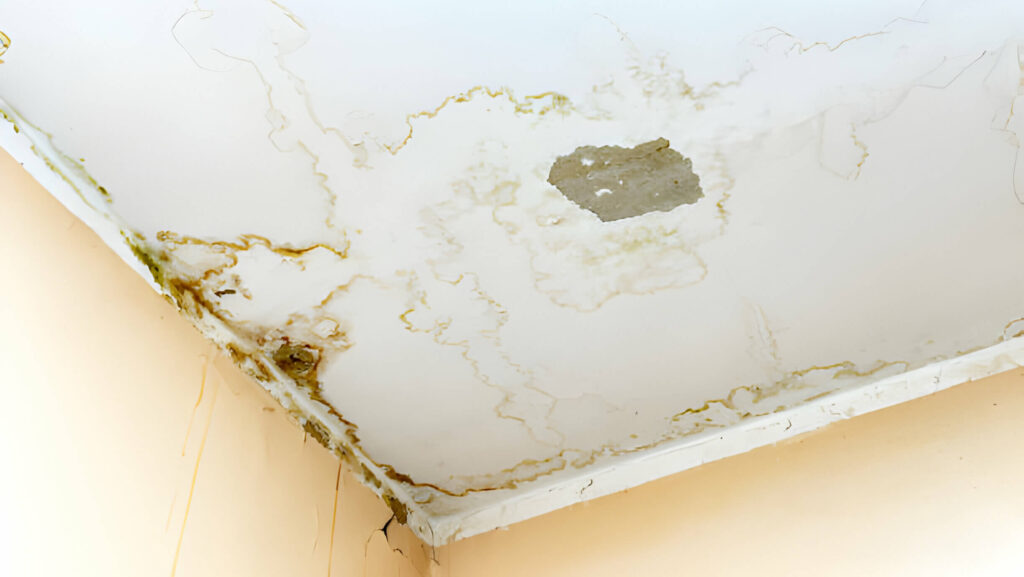
Other reasons for such spots can be improperly vented appliances and leaking pipes.
If you suspect this is the case, it is essential to improve the ventilation in your home and address any other moisture problems as soon as possible.
You should also contact a plumber or a specialist to help find the source of the water stains.
1. Condensation
If you cannot see a leak or any exterior damage for water spots on the ceiling, your roof is probably not leaking. This suggests that the water stain on your ceiling is created by condensation.
Condensation occurs when the air contains too much moisture for a given temperature. Cooking, showering, using the dishwasher and washing machine, or engaging in any other indoor activity that consumes water can contribute to increased air moisture levels.
Condensation damage is less evident than a leaky roof, yet it can be terrible.
Condensation can cause your ceiling to deteriorate significantly over time. It could cause the entire structure to collapse.
Poor Ventilation: Condensation is caused by inadequate ventilation in the roof. Without proper ventilation, moisture becomes trapped and forms stealthy water droplets.
Improperly Vented Appliances: Improperly vented appliances also lead to condensation and water spots on the ceiling. With improper ventilation, the temperature trapped inside causes hot air and water spots on the roof.
2. A Leaking Pipe
Pipes leaking can be the cause of water spots on your ceiling. With time, Rust eats away at your plumbing system, creating holes for water leaks.
This is true if the stain is next to a sink, toilet, or other plumbing appliances.
If you think this is the case, you should immediately turn off your home’s water supply and contact a plumber.
What To Do If Roof Is Leaking?
If your roof is leaking, you should
- Turn off electricity: If the leak is near electric appliances, turn off electricity.
- Contain the water: If you find water dripping from your roof, place a large container beneath the leak to collect the water.
- Remove the belongings: If you can safely enter the attic, remove any belongings from the affected area.
- Puncture the ceiling: To prevent the roof from collapsing, puncture the ceiling so that water may flow through it.
- Identify the source: Inspect your roof and attic for signs of the leak’s origin.
- Tape the leak: If you can safely access it outside, cover it with a tarp to prevent water entry.
Signs Of Roof Leak In Attic FAQs
Is It Normal For A Roof To Leak?
It is not normal for a roof to leak. It is a sign of a significant problem. If a little roof leak is not addressed, it will eventually cause water to flood your home after rainfall, resulting in electric shocks, fires, and major structural damage.
How Often Should You Check For A Roof Leak?
We recommend having your roof inspected at least once or twice a year, especially after significant storms with heavy winds and hail. The correct answer is determined by the climate in which you live. If you live in a mild climate with minimal storms, you may not need to have it examined as frequently because your roof will require fewer repairs or replacements.
How Much Does It Cost To Repair A Roof Leak?
The average cost of repairing a roof leak is $1,195, but it can range from $390 to $2,000.
Should I Repair Or Replace My Roof?
When determining whether to replace or repair your roof, the age of the roof plays a significant role because roof lifespans vary based on the kind of material and manufacturer. The average roof lasts 15 to 20 years or more. It could be wise to fix the damaged parts if yours is only a few years old; if it is an old one, you should replace it.
Conclusion
A leaky roof is a common issue that every property experiences at some point in its lifetime, regardless of the materials used or the roofing project.
However, detecting leaks in a roof early on can assist in avoiding more severe problems with the roof and the home. During your inspection, watch out for stains on the walls and roof and repair any missing shingles.
If you notice any of these signs mentioned in this blog, call on your roofer immediately for repair, but ensure you hire a professional roofing company so you do not cause more damage to your roof.


